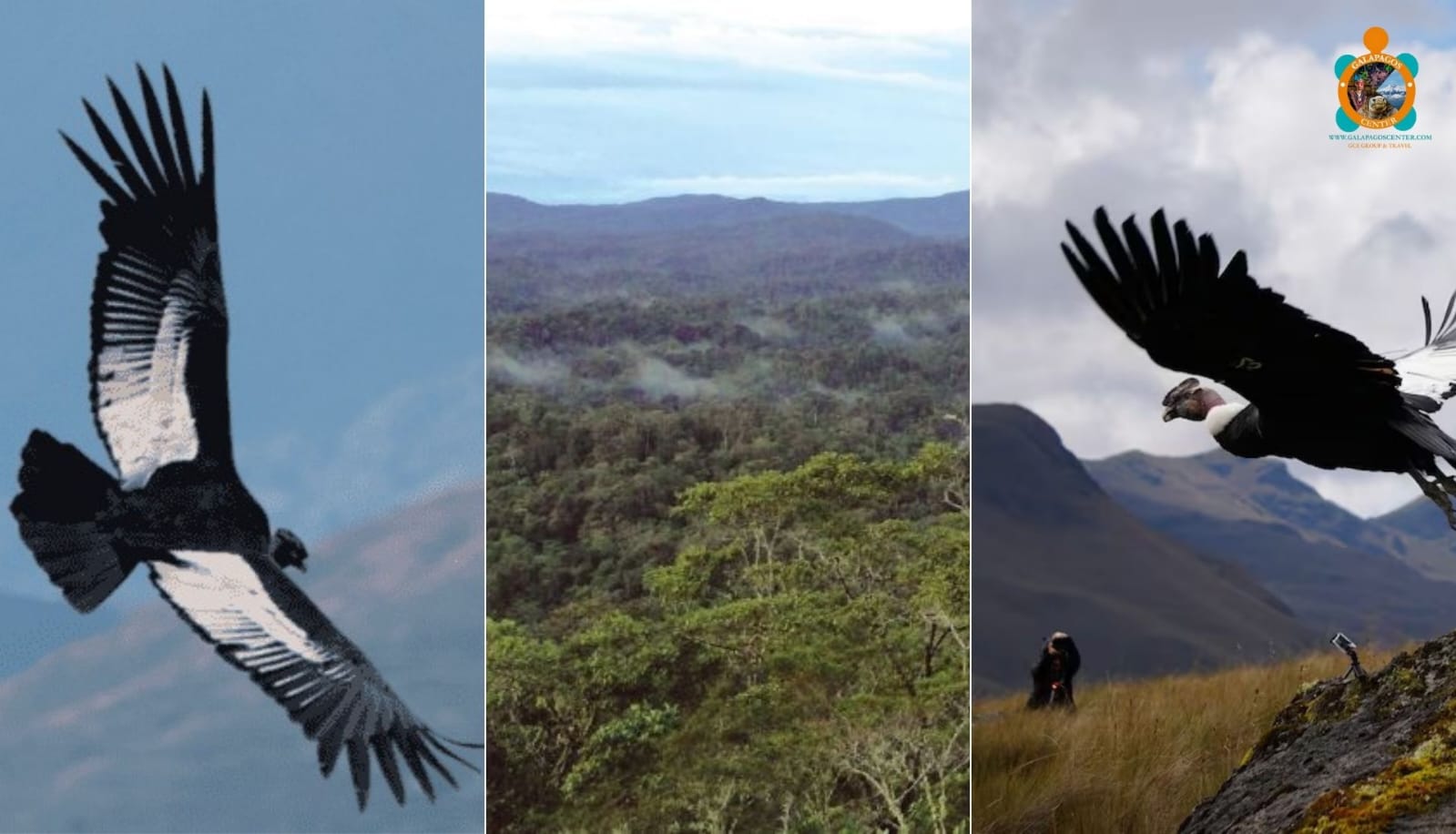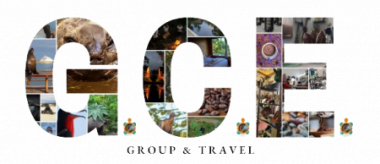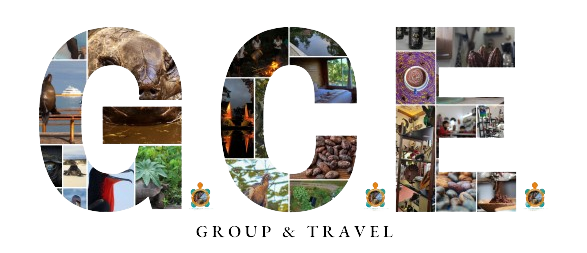
Cordillera del Cóndor: A Threatened Amazonian Forest
When you hear the words “threatened forests” and “Amazon,” what is the first thing that comes to your mind?
The Amazon, known as the green lung of the Earth, is an ecosystem that harbors immense biodiversity (flora, fauna, and endemic species). To conserve it, cooperation is needed from governments, Indigenous peoples, and society at large. Within this ecosystem, trees play a crucial role as climate regulators and oxygen providers—these very trees are now in danger.
There are several types of threatened forests in Ecuador, but this time we will focus on learning more about the Cordillera del Cóndor Forest. It is located in the provinces of Zamora Chinchipe and Morona Santiago, at an altitude of 2,900 meters above sea level, and shares a border between Ecuador and Peru.
You might be wondering: Does the name of the threatened forest have anything to do with the Andean Condor, whose scientific name is Vultur gryphus?
The answer is yes. It is related to the Andean Condor, but more in a symbolic way—representing freedom, the Andes, and the power of nature.
The ecosystem is a cloudy, humid forest, easy to distinguish and identify based on altitude and climate—typically cold and humid.
But why am I giving you this introduction?
Because it is important to understand the territory and the area before delving into the core issues of this forest. So now, let’s identify why it is considered threatened.
One major factor is the high level of metallic mining extraction, since this region is rich in minerals such as gold, copper, and silver. This has attracted strong interest from both national and international companies, such as Mirador and Fruta del Norte. These activities have had a negative impact, including deforestation and water contamination caused by the toxic waste generated during mineral extraction, which pollutes both rivers and soils.
And it’s not just biodiversity that is affected—local communities are also impacted, especially the Shuar Indigenous community, which has denounced the violation of their territorial rights and the lack of prior consultation before decisions were made regarding the Cordillera del Cóndor Forest.
So why is it important to protect this forest?
Because it hosts a great variety of flora and fauna, many of which are endemic to this ecosystem. It also serves as an ecological connection between the Andes and the Ecuadorian Amazon and provides water to local communities.
By: VQ




